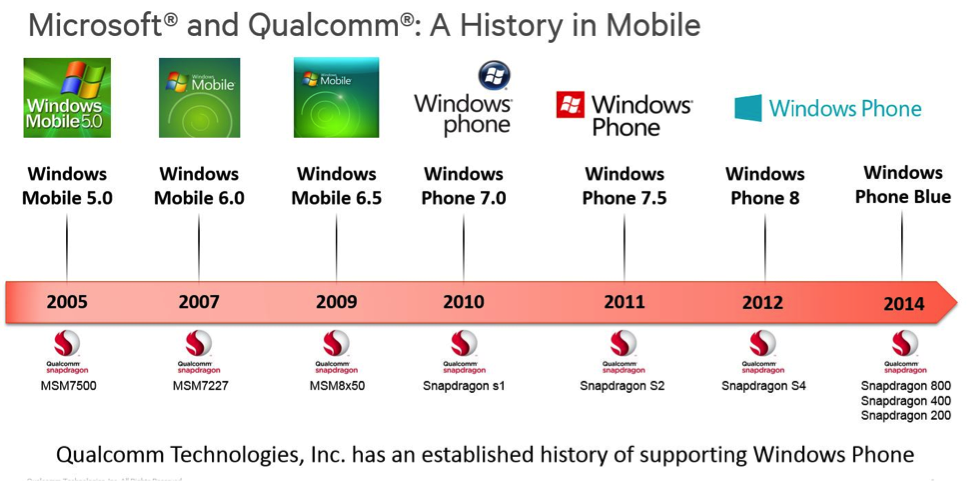

It’s our job to create great APIs and we have worked closely with our hardware and software partners to prove the significant performance wins of Direct3D 12. Everything you are reading is coming directly from the team who has brought you almost 20 years of DirectX. We (the product team) read the comments on twitter and game development/gamer forums and many of you have asked if this is real or if our marketing department suddenly received a budget infusion. We think you’ll like this part: DirectX 12 will run on many of the cards gamers already have.

DirectX 12 will contain great tools for Direct3D, available immediately when Direct3D 12 is released. Of course, an API is only as good as the tools that help you use it. And that’s not all – Direct3D 12 also introduces a set of new rendering pipeline features that will dramatically improve the efficiency of algorithms such as order-independent transparency, collision detection, and geometry culling. In addition, games will benefit from reduced GPU overhead via features such as descriptor tables and concise pipeline state objects. What makes Direct3D 12 better? First and foremost, it provides a lower level of hardware abstraction than ever before, allowing games to significantly improve multithread scaling and CPU utilization. From phones and tablets, to laptops and desktops, and, of course, Xbox One, Direct3D 12 is the API you’ve been waiting for. And it isn’t just for high-end gaming PCs either – Direct3D 12 works across all the Microsoft devices you care about. Direct3D 12 enables richer scenes, more objects, and full utilization of modern GPU hardware. Direct3D is one of the most critical pieces of a game or game engine, and we’ve redesigned it to be faster and more efficient than ever before.

DirectX 12 introduces the next version of Direct3D, the graphics API at the heart of DirectX.


 0 kommentar(er)
0 kommentar(er)
